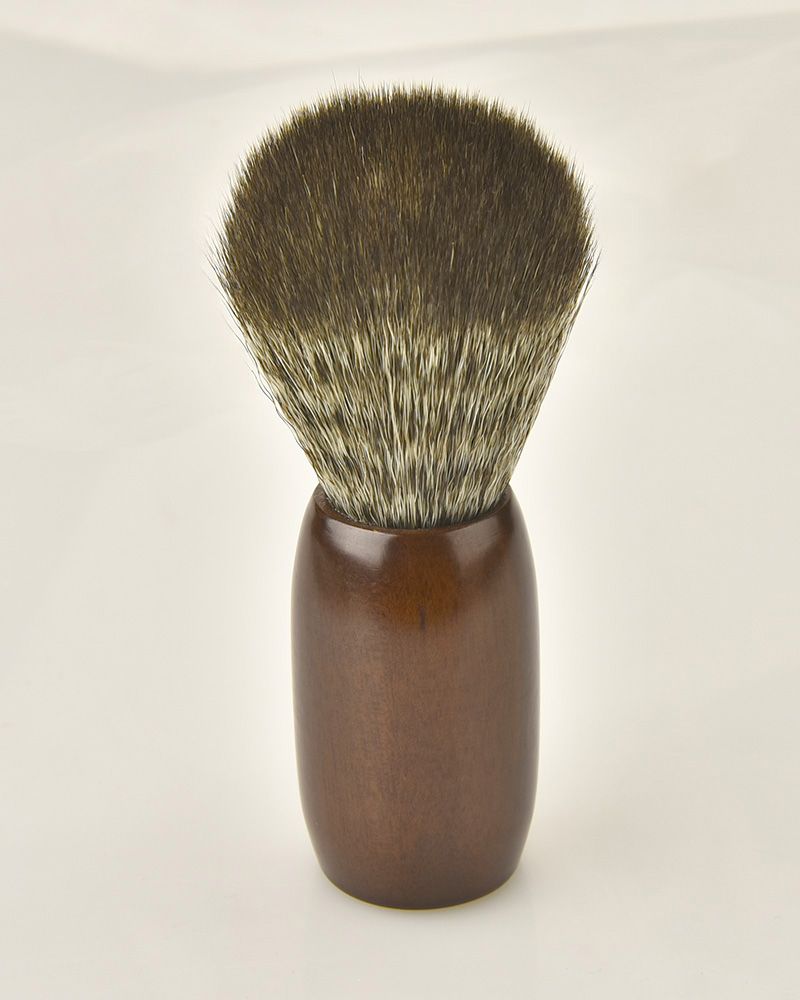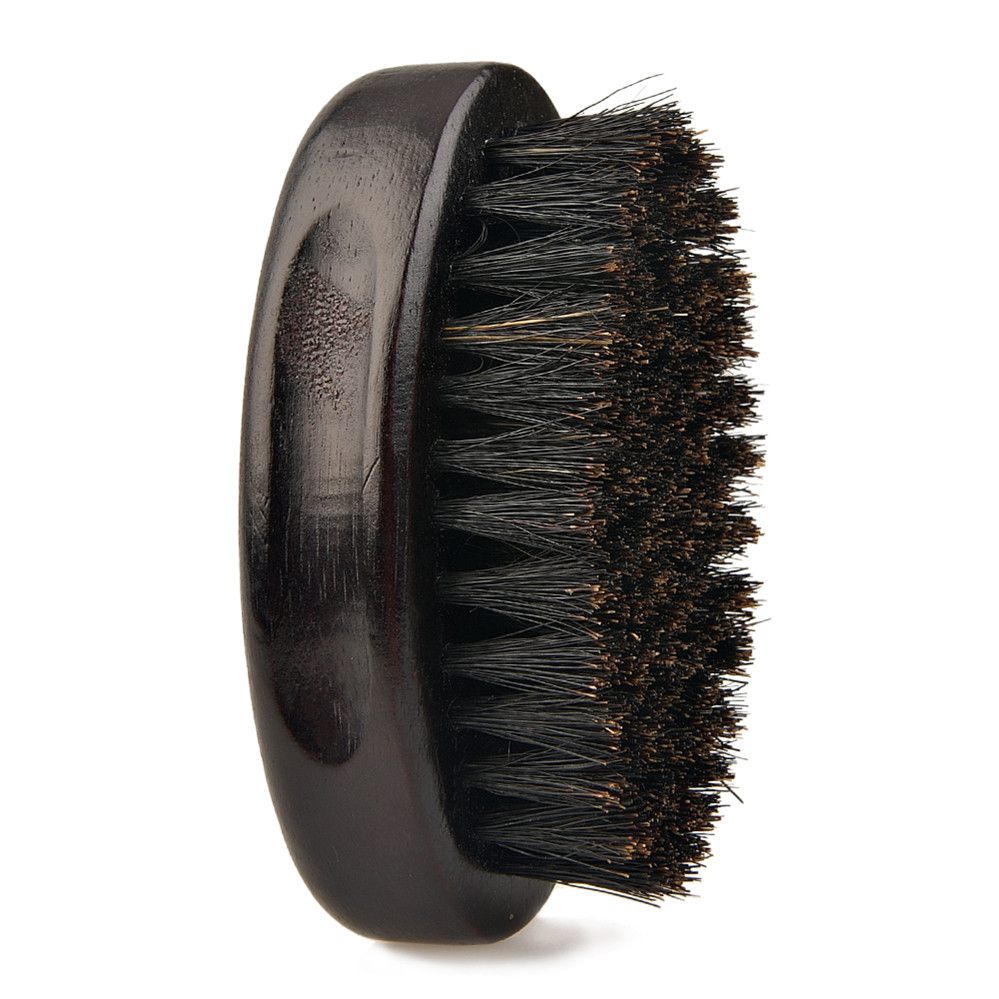Industry news
How to Choose the Right Shaving Brush: A Comprehensive Guide for Consumers
- 779 Views
- 2025-08-31 02:32:14
How to Choose the Right Shaving Brush: A Comprehensive Guide for Consumers
Shaving is more than a daily chore—it’s a ritual that sets the tone for your day. A quality shaving brush can transform this routine from a quick task into a luxurious, skin-friendly experience, yet many consumers overlook this tool, sticking to messy hands or cheap foam applicators. If you’ve ever struggled with uneven lather, irritated skin, or a shave that feels more like a scrape, the right shaving brush might be the missing piece. This guide breaks down everything you need to know to choose a brush that fits your skin, habits, and budget.
Why a Shaving Brush Matters: Beyond the Basics

Before diving into details, let’s clarify why a shaving brush is worth investing in. Unlike using your hands, a brush lifts facial hair, allowing the razor to glide closer without tugging. It also whips shaving cream or soap into a rich, dense lather that coats every hair follicle, softening stubble and creating a protective barrier between the blade and your skin. For those with sensitive skin, this reduces redness, razor burn, and ingrown hairs. In short: a better brush means a smoother shave and healthier skin.
Key Factors to Choose Your Perfect Brush
1. Bristle Material: The Core of Comfort

The bristle is the brush’s “engine”—its material dictates softness, lather quality, durability, and even ethical considerations. Here’s how the most common options stack up:
- Synthetic Bristles: Ideal for sensitive skin and eco-conscious shoppers. Made from advanced fibers (like PBT or nylon), modern synthetics mimic the softness of natural hairs while avoiding animal products. They dry faster than natural bristles, resist mildew, and are often more affordable. Our factory, for example, engineers synthetic bristles with tapered tips to reduce irritation, making them a top choice for those prone to redness.
- Badger Hair: Long revered for its softness and water retention, badger hair (especially “super badger” or “silvertip”) creates lush lather. However, it comes with caveats: higher prices (often $50–$200+), slower drying times, and ethical concerns (some suppliers use unsustainable trapping methods). It’s best for those prioritizing luxury over budget or animal welfare.
- Boar or Horse Hair: These natural alternatives are stiffer than badger hair, making them better for exfoliating dead skin but potentially harsh on sensitive faces. They’re durable and mid-range in price but require more breaking-in to soften.
- Nylon Bristles: A budget-friendly synthetic option, though older nylon models can feel scratchy. Look for “tapered nylon” (with fine, rounded tips) if you’re on a tight budget—they’re gentler than traditional nylon.
2. Brush Head Shape & Size: Fit for Your Face
The brush head’s design affects how lather spreads and reaches tricky areas (like under the nose or jawline).
- Shape: Round-topped heads are versatile, working for most face shapes. Flat-topped or “fan” heads excel at covering large areas quickly, while small, compact heads (often called “travel size”) are great for precision.
- Size: Measured by bristle length (usually 20–60mm), larger heads (40mm+) hold more lather but may feel bulky for small hands. If you have a narrow face or prefer detailed shaving, opt for a smaller head (30–35mm).
3. Handle Material & Ergonomics: Comfort in Your Grip
The handle isn’t just about looks—it impacts control and durability.
- Materials: Plastic handles are lightweight and affordable (ideal for travel). Wood (like beech or ebony) adds elegance but requires care to avoid water damage. Metal (stainless steel, brass) is durable and sleek but can get cold in winter.
- Ergonomics: A handle that’s too short (under 90mm) may slip during use, while one that’s too long (over 130mm) strains small hands. Test the grip: your fingers should wrap comfortably, with the brush balancing easily in your palm.
4. Budget: Match Quality to Your Means
Shaving brushes range from $10 to $300+. Here’s how to allocate:
- Under $30: Focus on synthetic or tapered nylon bristles with plastic handles—great for beginners or travelers.
- $30–$80: Mid-range options offer premium synthetics (like “silk-touch” fibers) or boar hair, with wood or metal handles.
- $80+: Luxury picks feature badger hair, handcrafted handles, or limited-edition designs—best for enthusiasts who prioritize ritual over cost.
Pro Tips: Care & Longevity
A well-maintained brush can last 5–10 years. After each use:
- Rinse thoroughly to remove lather residue.
- Shake gently to remove excess water (don’t twist bristles!).
- Stand upright (bristles down) in a dry, well-ventilated area—avoid sunny windows or humid bathrooms.
- Deep-clean monthly with mild soap to prevent bacteria buildup.
Final Checklist: Find Your Brush in 3 Steps
1. Assess your skin: Sensitive? Go synthetic. Tough stubble? Try boar or badger.
2. Define your routine: Travel often? Pick a compact, lightweight brush. Love a slow ritual? Splurge on a large, wood-handled model.
3. Test the grip: If possible, hold the brush—comfort trumps aesthetics here.
The right shaving brush turns a mundane task into self-care. By prioritizing bristle material, ergonomics, and your unique needs, you’ll elevate your shave from “just done” to “delightful.” Your skin (and daily mood) will thank you.











